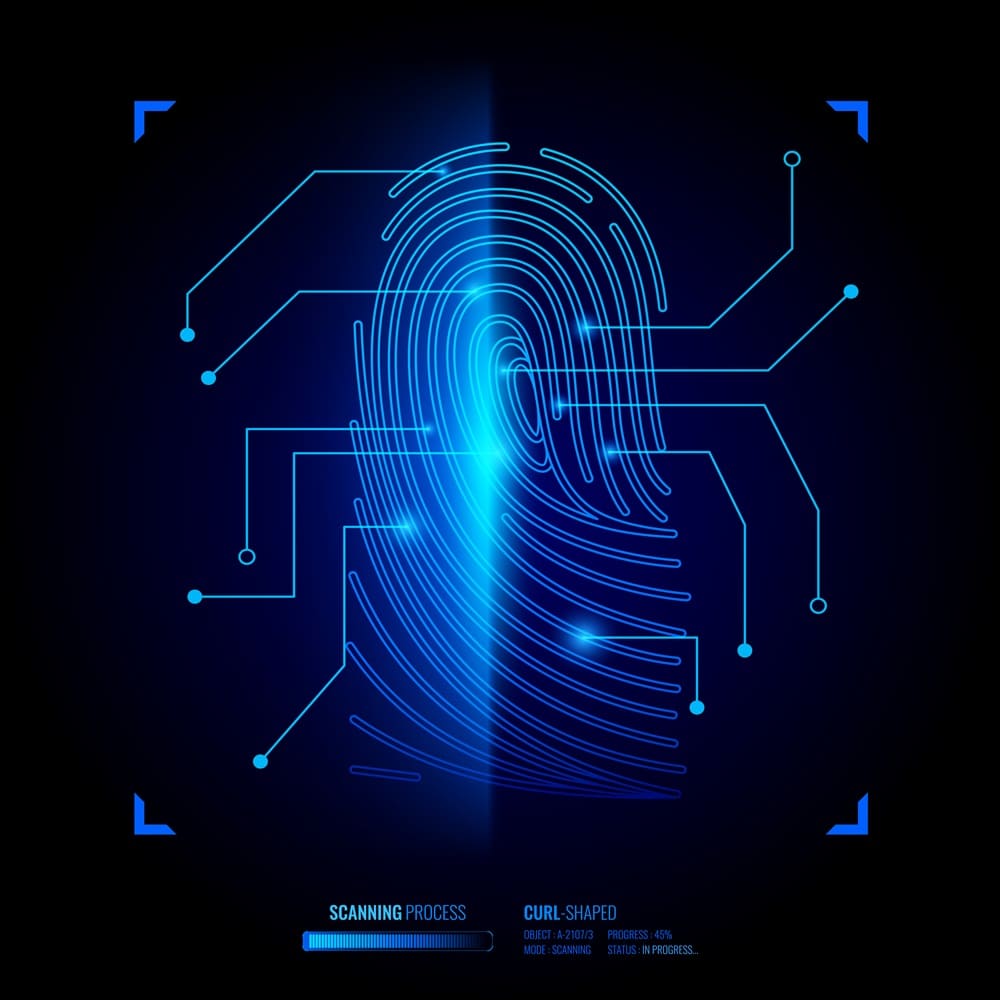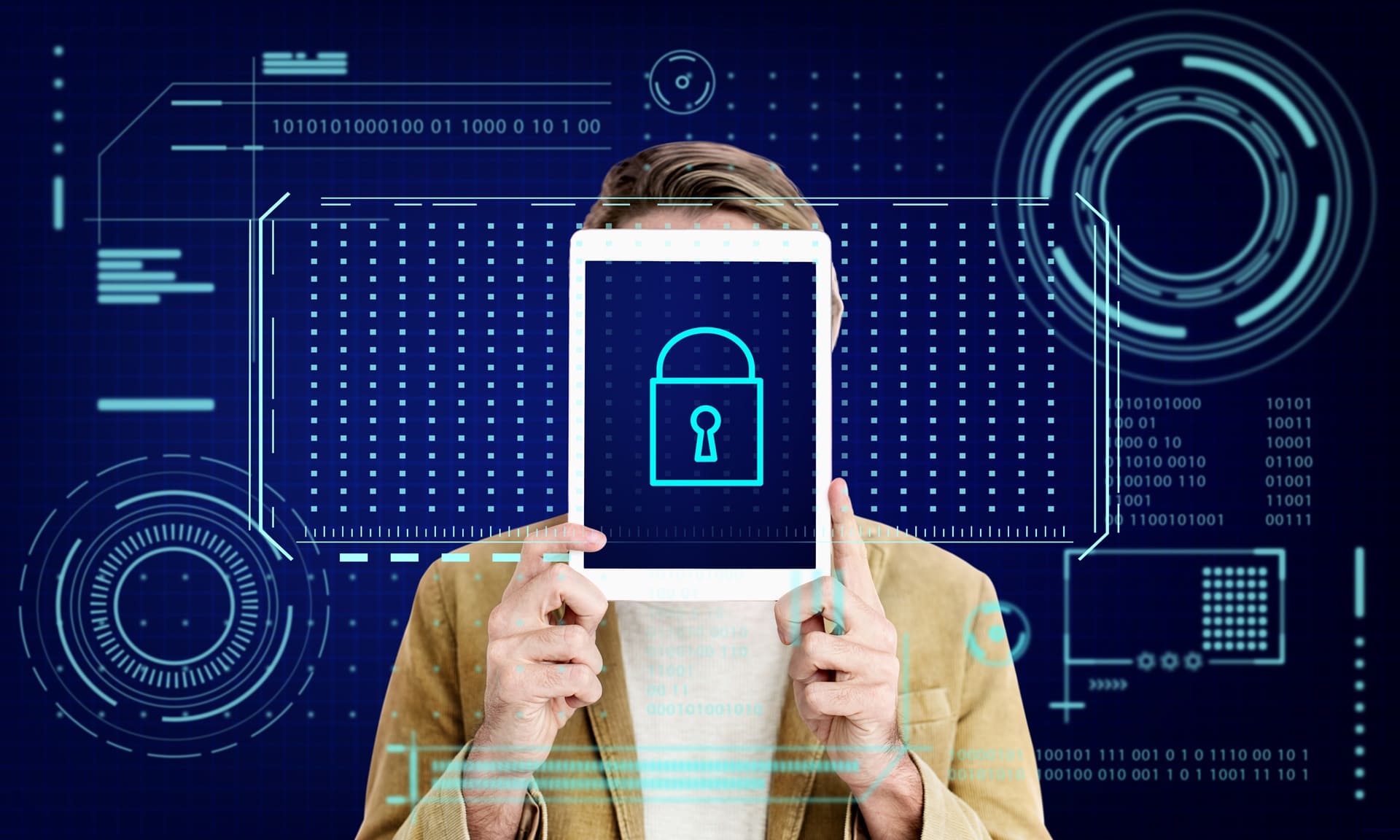Multi-Factor Authentication (MFA) within the Zero Trust
This model establishes a robust security foundation, where trust is never assumed, and
access is perpetually authenticated, enhancing overall protection. This dynamic approach
ensures that only authenticated users or devices can enter the network or access resources,
bolstering security without compromising the user experience. Continuous monitoring of user
activities further strengthens threat detection. By customizing the implementation to an
organization's unique needs and risk profile, MFA within Zero Trust becomes both a
formidable security measure and an efficient solution, securing the network against
potential breaches while enabling secure access.
Multi-Factor Authentication (MFA) transcends a mere security measure; it stands as a
paramount necessity in the digital era. Delving into its advantages, resilience against
phishing, passwordless innovations, adherence to zero trust principles, real-world
applications, and the vulnerabilities associated with password reliance, empowers
organizations to make well-informed choices in shaping their security strategies. The stark
lessons from data breaches underscore the timeliness of MFA adoption, serving as a dynamic
bulwark against ever-evolving threats.












